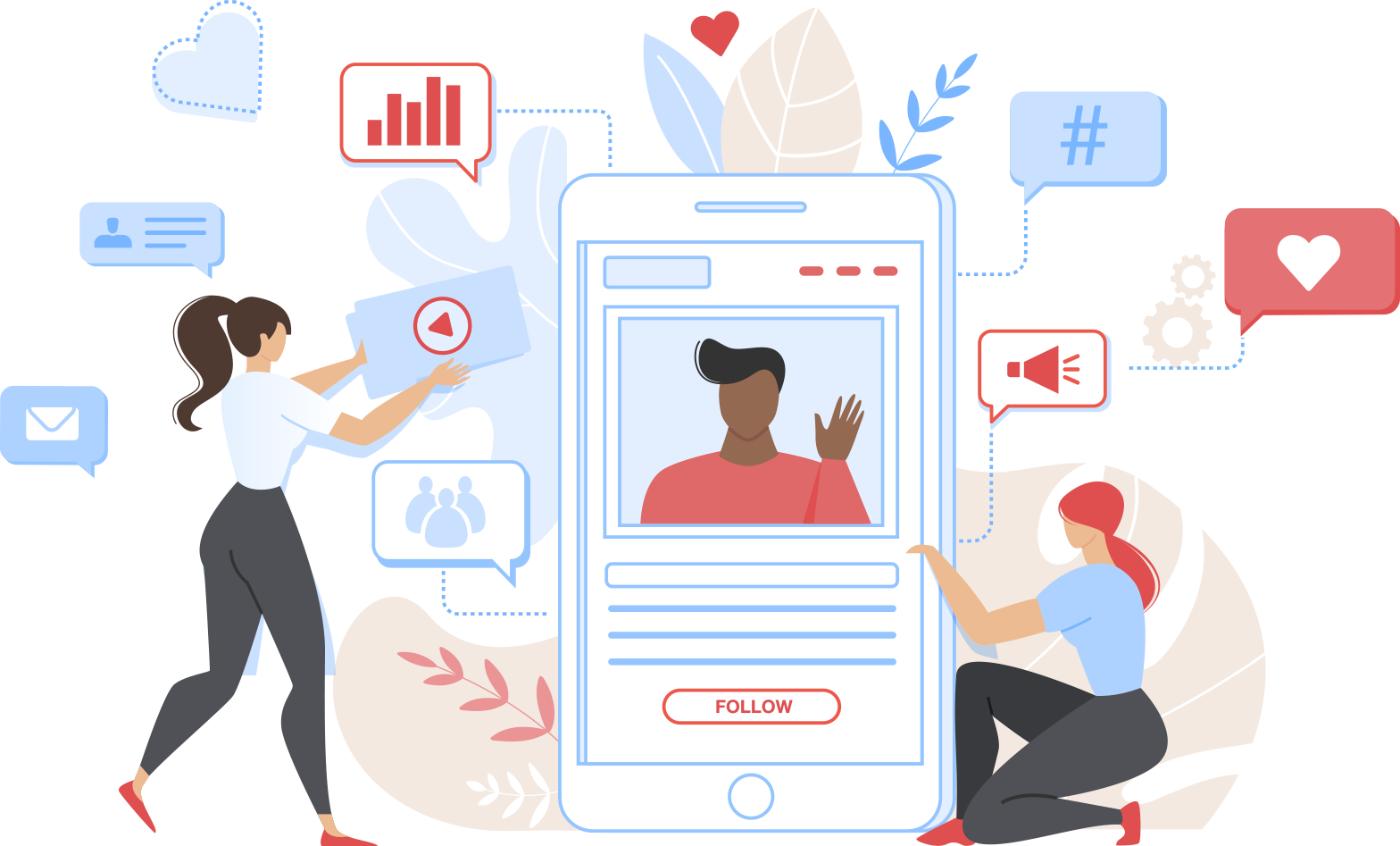
Businesses looking to get more exposure and coverage while still keeping synchronized messages across multiple platforms/media will get excellent results from using an integrated marketing communications strategy. In the past, marketing communications consisted largely of traditional marketing methods designed to produce the best results possible.
In the 21st century, however, you need more than just traditional advertising channels. You also need a mix of digital marketing channels, the proper tools, and the right individuals to get your messages in front of as many prospects as possible.
In this article, we’ll be examining every proven and effective element of integrated marketing communications and how they are likely to fit into your marketing strategy.
Pros and Cons of IMC
An effective integrated marketing strategy will often combine the best traditional and the more modern digital marketing methods/techniques for the maximum results.
Each method and strategy works to complement the other, providing a synergistic marketing mix designed to spread your brand’s message everywhere and effectively reach as much target audience as possible across as many channels as possible.
When correctly deployed, integrated marketing communications is a powerful “combined-arms” strategy.
This is why lots of organizations with the budget routinely adopt an extensive integrated marketing communications strategy to plaster their brands everywhere and secure some “real estate” in their audience’s minds.
The downside is that IMC can be quite expensive. This is why many small business owners routinely ignore this means of advertisement. Unless a small business has an unlimited or a big advertising budget, chances are that it will just pick one or two marketing strategies/techniques at best and use them.
That said, it might be possible for a small business to develop an affordable integrated marketing communications strategy that would be both effective and easy on the pocket –if they choose the right mix of advertising channels.
Elements of an Integrated Marketing Communication Strategy
Traditional Advertising
Even though rumors abound in certain quarters that these are no longer effective in the digital age, the truth is that these still work when used strategically, as we’ll discuss below:
1. Banners and Newspaper Ads
These are not only restricted to the usual suspects, it also includes elements you might not think of, like bus bench ads. Strategically positioned in the right places, they are effective for brand recognition and upcoming events. They are particularly effective for sending people to a landing page, a website, a store or a venue.
2. Direct Mail Advertising
This is more for selling products and services directly to potential and present customers. They are usually sent out in form of catalogues, sales letters, and letters of introduction to pre-qualified individuals
3. TV and Radio Ads
As an excellent one-to-many channel, radio continues to be effective for reaching millions of people. This is very effective for brand awareness, recognition, and saturation. It can also double as an effective sales medium. It is not impossible for businesses to have their phones ringing off the hook and sales pouring in after a week or two of advertising through radio spots, especially when combined with or used in support of online promotions.
4. Product and Event Sponsorships and Trade Shows
Businesses can sponsor conventions, events, seminars, workshops and so on. Great for increasing brand awareness. Attending trade shows on the other hand, can both serve as a means of growing brand awareness and selling products and services.
Digital Advertising
Any business not using the internet for its advertisements is leaving tons of money on the table. Billions of people now own internet enabled PCs and mobile devices, and use them on a daily basis. The following are some proven digital advertising strategies:
1. SEO, Paid Search
Getting your website to the first page in SERP guarantees a lot of visibility. To do this, you need to optimize your website effectively to better educate the search engines to the products and services you provide. Using paid search methods or a little content marketing can help you secure and maintain those top listings.
2. Social Media
When used correctly, social media can increase the popularity of your business. With billions of using social media networks like Facebook, Google+, Twitter, Pinterest, Snapchat, Instagram and many others, it also serves as a great one-to-many advertising medium that can be grown towards targeted demographics.
If you can’t or don’t have the time, you might want to try paying other people — usually, regular, everyday people — with considerable influence and lots of followers to get the word out on your products and services. These people are a new breed of celebrity called influencers, and they use blogs and social media to establish themselves as a brand and grow their own audience within a given niche. By reaching out and developing a relationship with a relevant influencer, you can tap into their fan base to promote your business through a trusted source. It’s a proven tactic as Neoreach discusses in their blog.
3. Media Buying
You could also go the route of purchasing ad spots on high traffic websites, online newspapers or radio stations, and even in apps. This will depend on your niches/industries.

